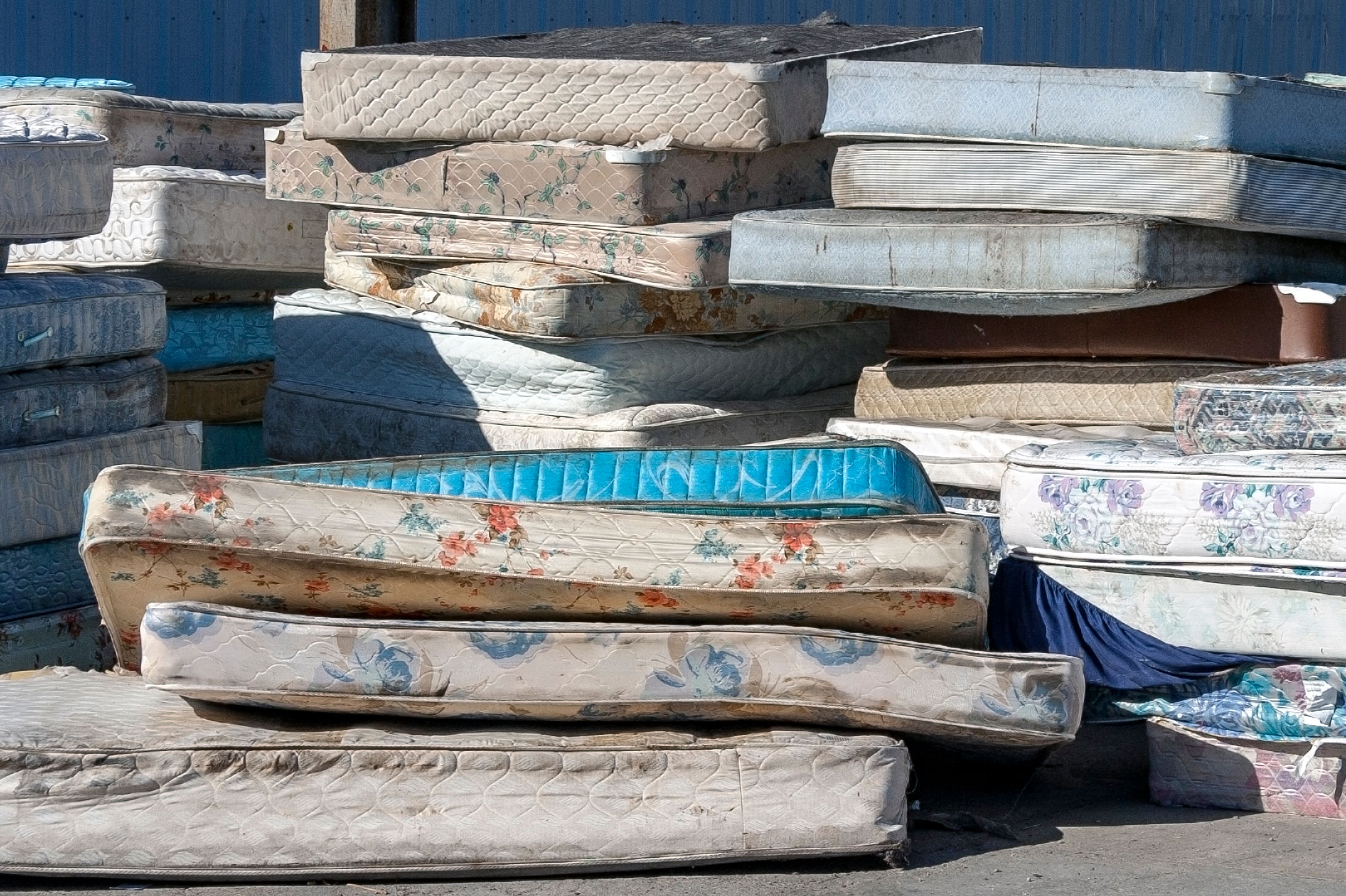A Confused Houstonian’s Guide to Composting

Image: N Universe/Shutterstock.com
As Houston continues to expand, so too does its environmental footprint. With mounting concerns over climate change and the call for sustainability practices rising around the world, the time has come for Houstonians to embrace greener habits. One way the community can aid in creating a more sustainable Bayou City is composting.
This is a natural process of recycling organic materials and biodegradable items into nutrient-rich soil. These everyday waste items break down when combined over time, transforming into a dark, crumbly substance that enriches soil quality and supports plant growth.
From mid-January to late February, 262 Houston residents eagerly participated in a composting pilot program, signaling a growing interest in the activity. The initiative, spearheaded by the city’s Solid Waste Management Department in partnership with Woodlands-based small business Zero Waste Houston, aimed to educate people about the benefits of composting while testing the feasibility of expanding such programs citywide.
The pilot program, conducted at four strategically selected locations (community centers in Kashmere Gardens, Sunnyside, Alief, and Acres Homes), aimed to address disparities in recycling rates and promote environmental consciousness in underserved communities by encouraging residents to drop off various food scraps.
Veronica Lizama, deputy director of the Solid Waste Management Department, says the program’s success exceeded expectations, with participation steadily increasing throughout its six-week duration.
“People just stopped in out of curiosity so it was a lot of educating the first week,” Lizama says. “We started with about 10 pounds but were up to 7,000 pounds by the time we ended that last week.”
Unfortunately, plans to continue the program have been hampered by the department’s limited budget and an unsuccessful application for a USDA grant of about half a million dollars, according to Lizama. However, the pilot program’s positive results have kept the department in pursuit of a comprehensive composting initiative as they are determined to find alternative funding sources and are currently exploring various avenues to make composting a permanent fixture in the city.
“It is important to note that we did this for the purpose of gathering data, raising awareness, hopefully changing some behaviors toward food waste, and developing information for the future program,” Lizama emphasizes. “Our department is under resourced right now. We want to make sure we deliver our services on time. At this point in time, with the department being in one of the few major metro cities without a garbage fee, it would be hard for us to incorporate the service.”
The city has historically struggled to smoothly operate even its recycling program, and the Houston Chronicle reported in 2022 that 37 percent of what people recycle is actually trash. Another layer of waste disposal that’s unfamiliar to many residents could be a stretch.
For those interested in getting more familiar with composting and starting at home, Lizama is full of practical advice. She suggests using a small bin that can placed outdoors or in your kitchen to collect scraps. Items that can be composted include coffee grounds, eggshells, fruit and vegetable peels, and yard trimmings like leaves and grass clippings (see the EPA's full list below). It’s important to avoid meat scraps and dairy products, as these attract unwanted pests and can make the composting process more odorous.
Lizama recommends a layering technique for building your compost pile. Start with a layer of brown materials, which are typically dry and carbon-rich, like shredded paper or dried leaves. Then, add a layer of green materials, which are moist and nitrogen-rich, like your food scraps and yard trimmings. Finding the right balance is key to ensuring proper decomposition and preventing the pile from becoming smelly or attracting pests.
“Every week, do a quick turn of that pile and you’ll start seeing that turn into composting,” Lizama says. “That material becomes the nutrient-rich soil that you’ll be able to use in your flowerbeds or around your trees to be able to provide them with some of the fertilizer that’s going to really help maintain them.”
Lizama adds that to maintain your compost pile, it’s crucial to keep it moist but not soggy. Turning the pile regularly with a shovel or pitchfork is essential for aeration, which speeds up the decomposition process. Depending on the size of your pile, the materials used, and the weather patterns, it can take anywhere from a few weeks to a year for your compost to fully mature.
For those with time or space constraints, several composting services offer pickup options. Local companies like Zero Waste, Happy Earth, Moonshot, and Farm Dirt provide residential pickup of composting scraps for a fee.
While the city-wide composting program is still in its development stages, residents who are eager to divert their food scraps and embrace a more sustainable lifestyle can begin composting at home right away. With a little effort and some readily available materials, you can turn your waste into a valuable resource for your garden while simultaneously contributing to a greener Houston.
What can I compost?
Nitrogen-rich materials (“greens”)
Fruit and vegetable scraps
Grass clippings
Coffee grounds and paper filters
Paper tea bags (no staples)
Eggshells (crushed)
Carbon-rich materials (“browns”)
Dry leaves
Plant stalks and twigs
Shredded paper (non-glossy, uncolored) and shredded brown bags
Shredded cardboard (no wax coating, tape, or glue)
Untreated wood chips
What can I not compost?
Meat, fish, and bones
Cheese and dairy products
Fats, oils, and grease
Cooked food (small amounts are fine)
Compostable foodservice ware and compostable bags
Herbicide-treated plants and grass
Aggressive weeds and weeds with seeds
Diseased and pest-infested plants
Treated or painted wood
Pet waste and cat litter
Dryer lint
Glossy paper
Produce stickers




